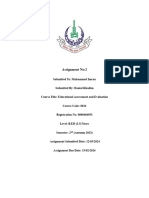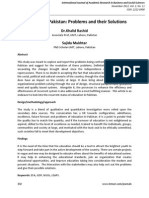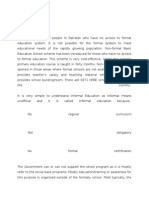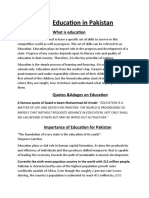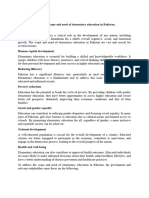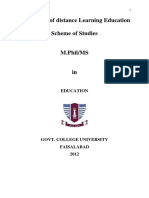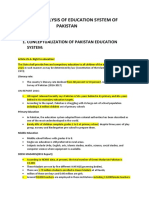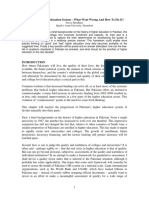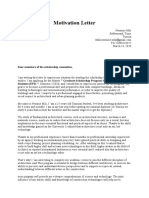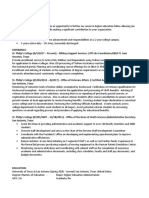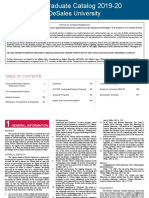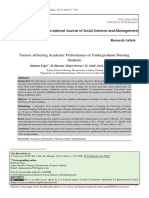0% found this document useful (0 votes)
392 views17 pages0828 Assignment 1
This document summarizes the provisions of higher education in Pakistan and how they relate to the country's socio-economic status. It discusses how Pakistan inherited a weak education system at independence but has since expanded its higher education sector rapidly. However, participation rates remain low at 9% compared to neighboring countries. Government funding is insufficient, negatively impacting quality, and overall education spending is also low by regional standards. The document then provides details on university admissions criteria, types of higher education institutions in Pakistan including degree-granting universities, affiliated colleges, and community colleges.
Uploaded by
Muhammad AdanCopyright
© © All Rights Reserved
We take content rights seriously. If you suspect this is your content, claim it here.
Available Formats
Download as PDF, TXT or read online on Scribd
0% found this document useful (0 votes)
392 views17 pages0828 Assignment 1
This document summarizes the provisions of higher education in Pakistan and how they relate to the country's socio-economic status. It discusses how Pakistan inherited a weak education system at independence but has since expanded its higher education sector rapidly. However, participation rates remain low at 9% compared to neighboring countries. Government funding is insufficient, negatively impacting quality, and overall education spending is also low by regional standards. The document then provides details on university admissions criteria, types of higher education institutions in Pakistan including degree-granting universities, affiliated colleges, and community colleges.
Uploaded by
Muhammad AdanCopyright
© © All Rights Reserved
We take content rights seriously. If you suspect this is your content, claim it here.
Available Formats
Download as PDF, TXT or read online on Scribd
/ 17










